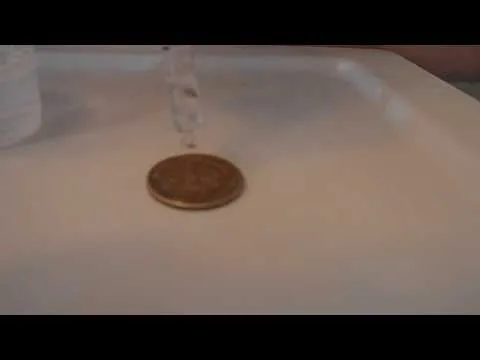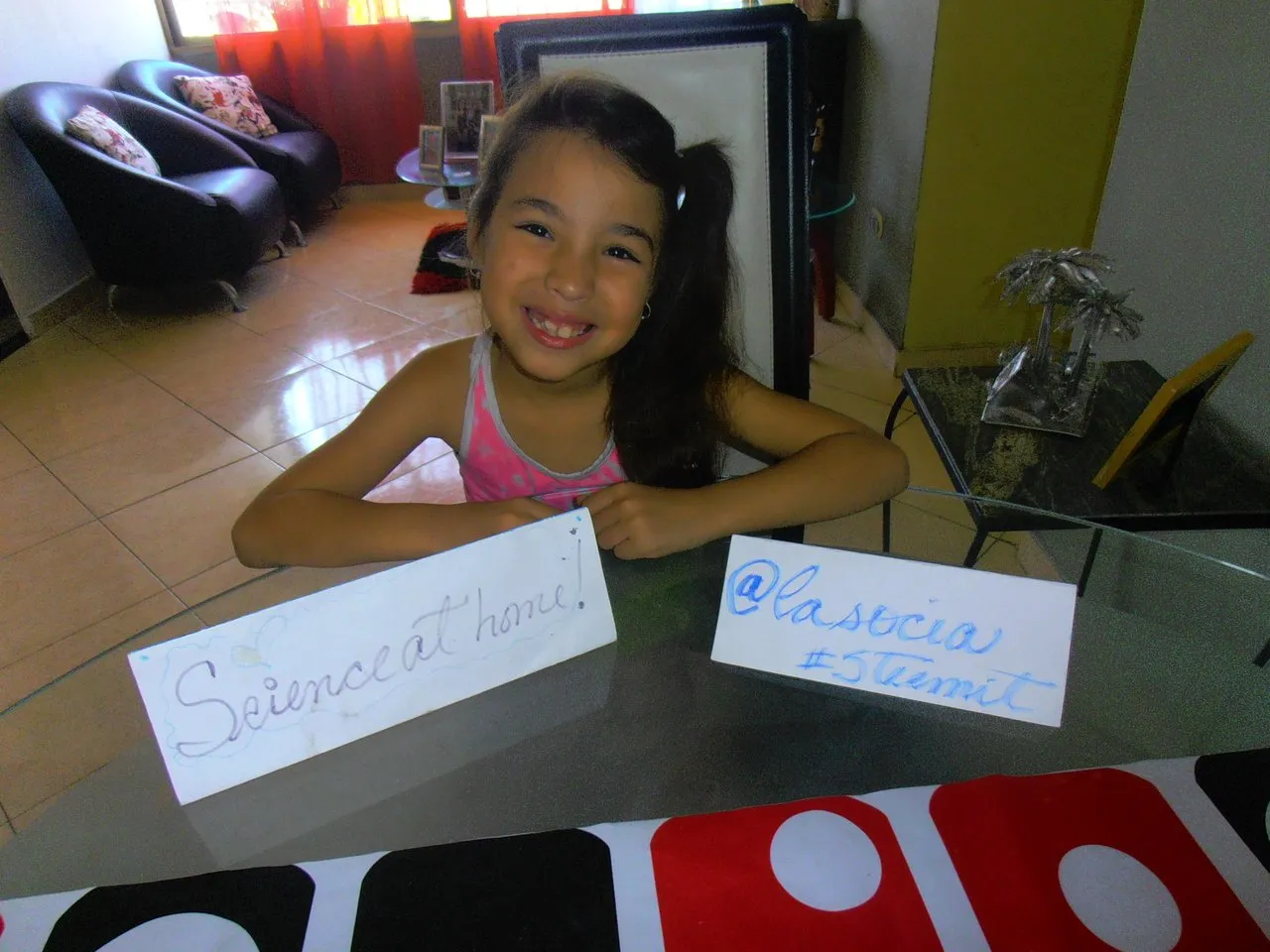
But before beginning the experiment it is necessary to know some terms to help our children to understand the experiment.
What is the Surface Tension of Water?
The surface tension of water is the physical effect that "hardens" the surface layer of water at rest and allows some insects, such as the cobbler (Gerris lacustris) to move on the surface of the water without sinking.
Yes now! Let's go with the fun that the experiment begins:
Experiment with the Surface Tension of water through a oneda and a dropper.
Materials:
- A coin.
- A dropper, for example a medication, or a pipette.
- A glass of water.
- Soap or detergent A spoon.
- Kitchen roll or cloth to dry the coin.
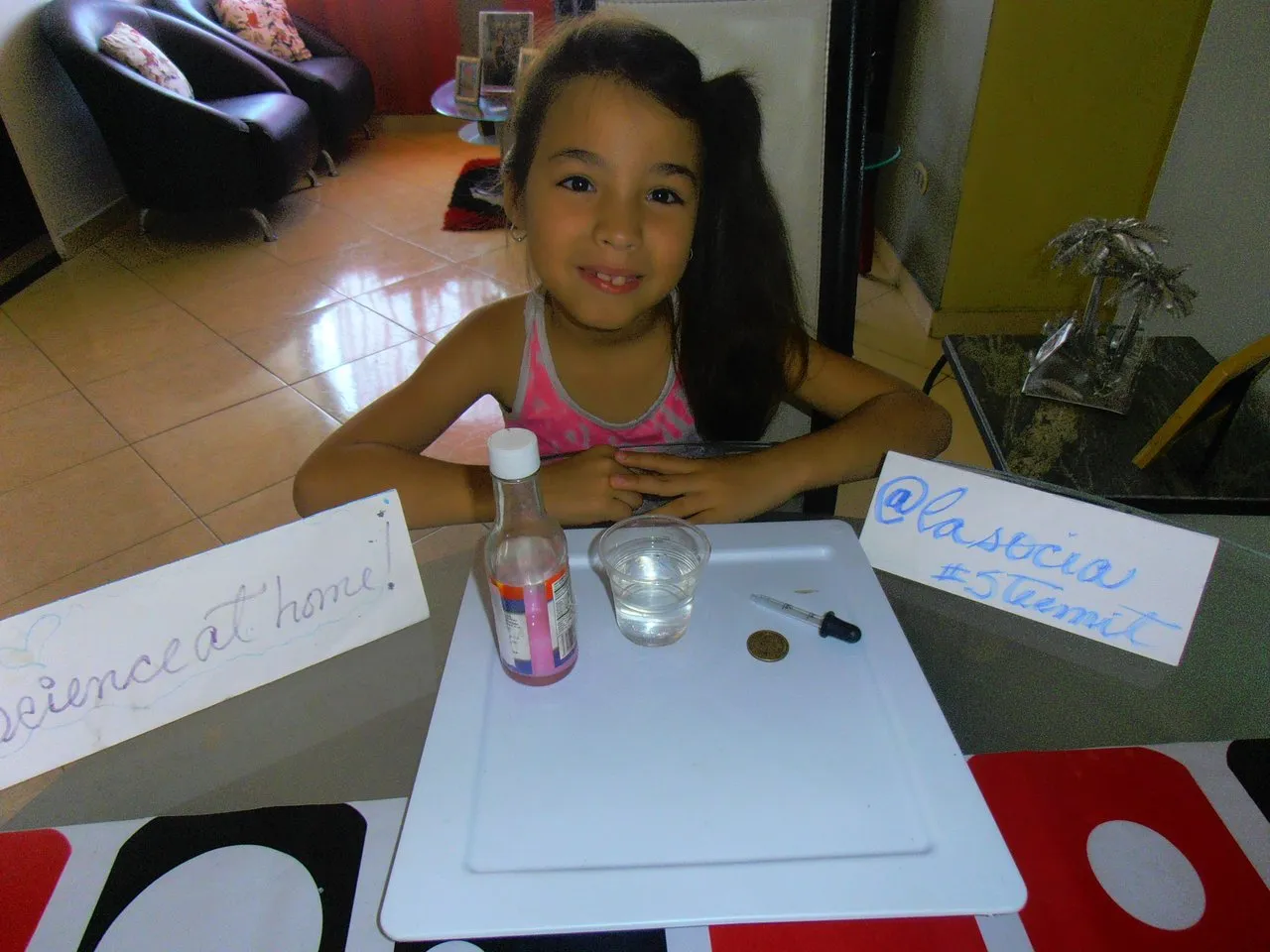
Process:
- Before starting the experiment it is advisable to wash the coin to remove traces of dirt. Then do not forget to dry it. Place the coin on a table and begin to add drops of water little by little.
- At the same time, you have to count the drops until the water spills. Meanwhile, observe how the drops are placed and the incredible shape of the dome that acquires the water.

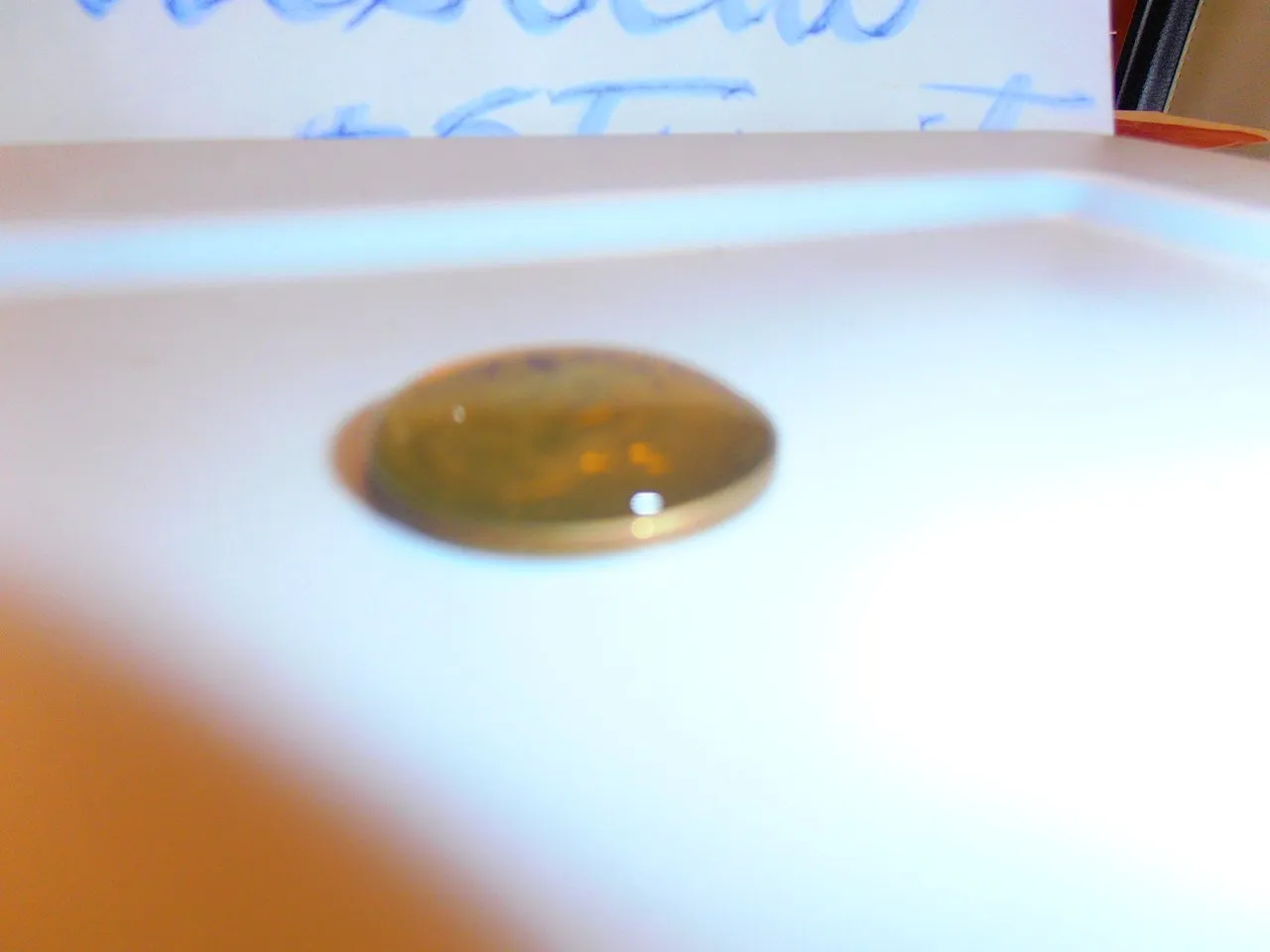
- Dry the coin with the kitchen paper and repeat the experiment several times noting the results.
- Next, add a few drops of detergent to the water in the glass, stir to mix it well and try the experiment again. Do you notice any difference in the behavior of the water?
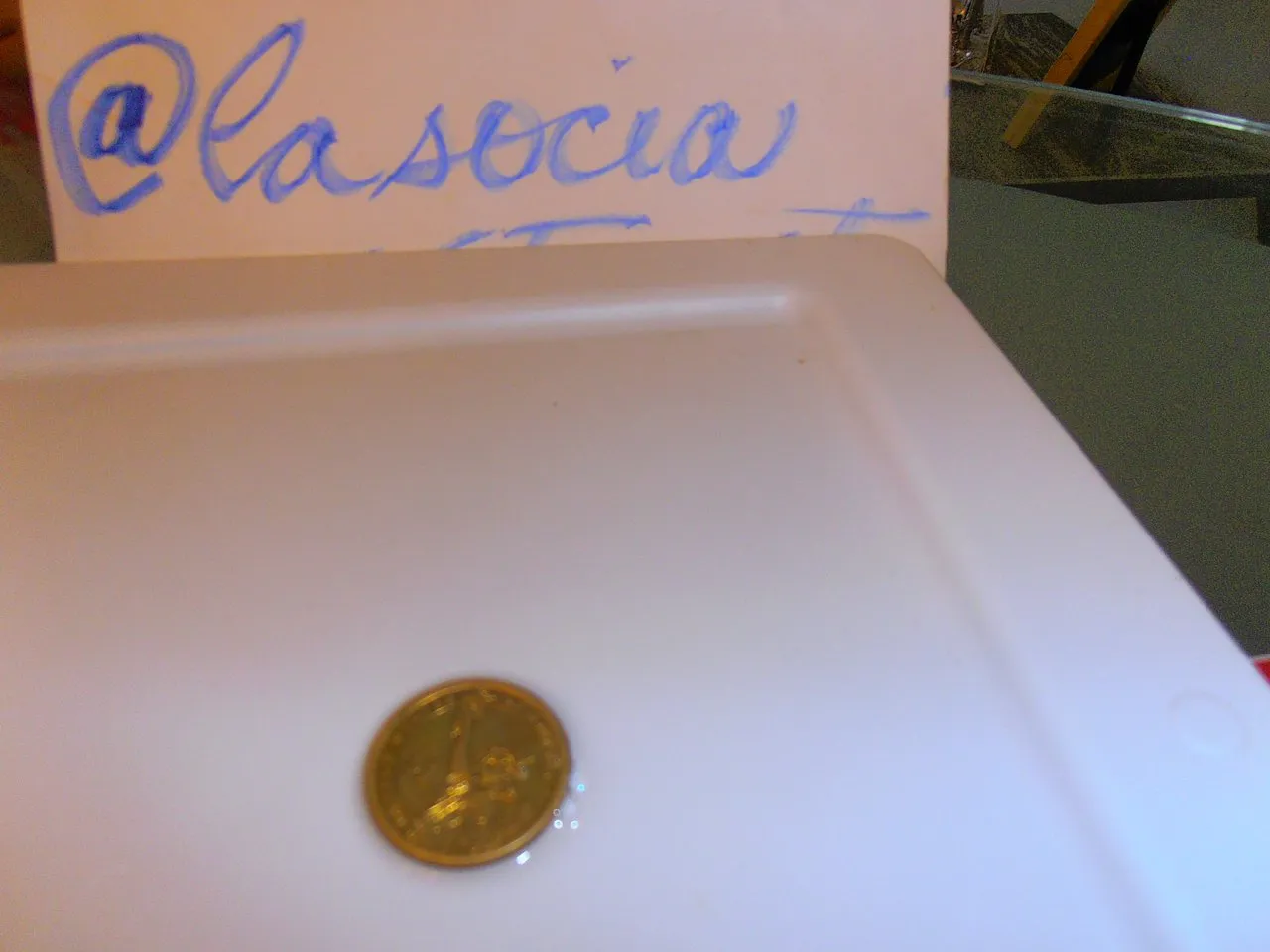
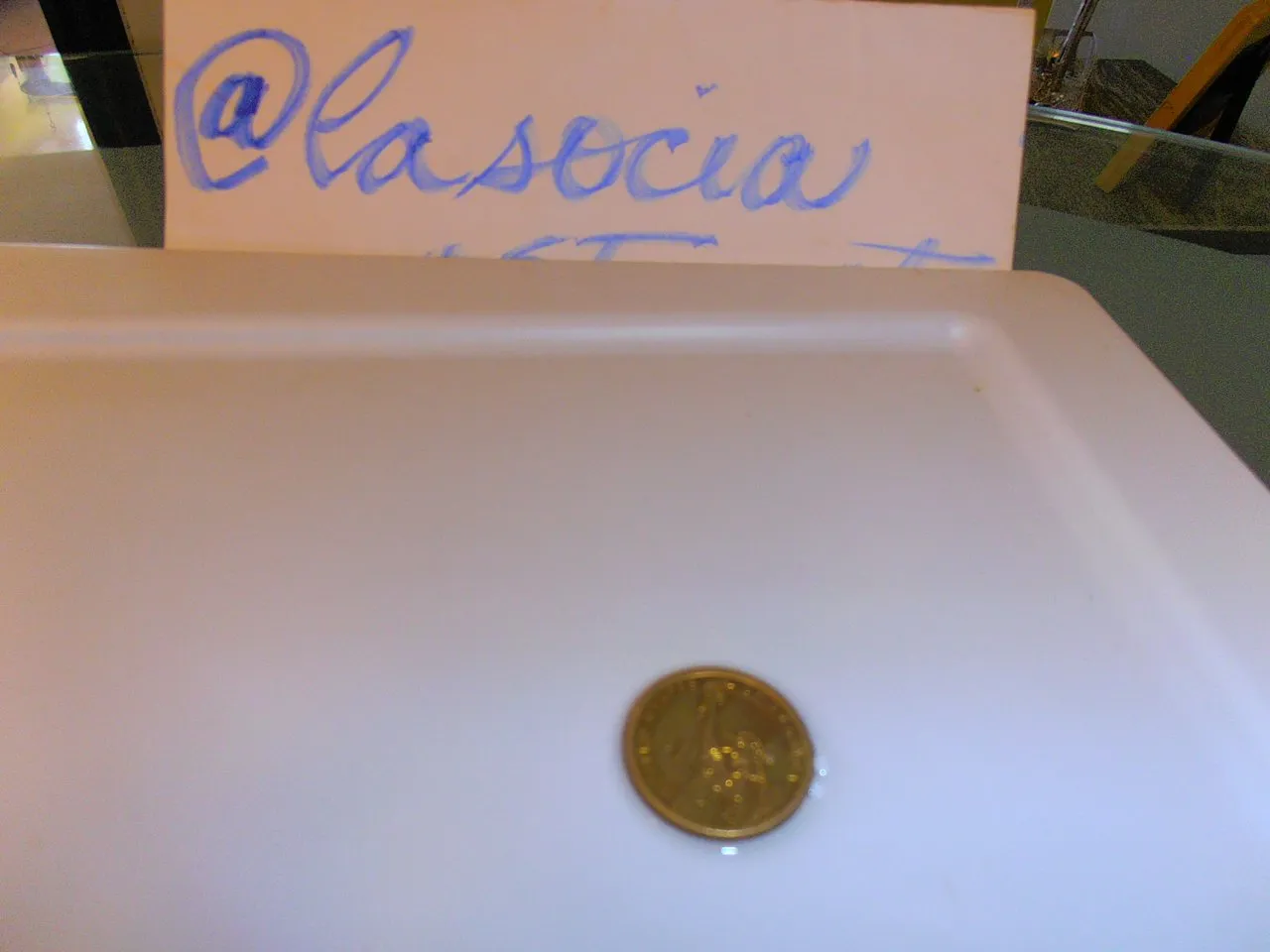
What happen?
Due to its structure, the water molecule has a polar character. It means that one end has a positive charge and the other negative charge. The difference in polarity is responsible for the water molecules attracting each other, since the positive end of one molecule attracts the negative of another (and the negative of one attracts the positive of another).
This type of attraction between molecules is called cohesion and is extraordinarily high in water.
The existence of a great cohesion between the water molecules explains that when we add the drops on the coin, they do not stay separated, but they come together in a single, bigger and bigger drop. The fact that the water ends up curving and forming a spectacular dome is also a consequence of cohesion.
The reason is that the molecules that are located inside the liquid are surrounded by water molecules everywhere. As the cohesion forces appear in all directions, the resultant force to which they are subjected is zero.
However, on the surface of the liquid, the cohesion occurs between molecules located horizontally and below, since above there is no water, but air. In this case the net force on the sides is annulled and therefore, the resultant of the cohesion forces is directed downwards, that is to say, towards the interior of the liquid.
The consequence is that the surface of the liquid behaves as if it were a tension film or elastic membrane. It is the phenomenon known as surface tension.
The surface tension of the water justifies many things, for example, that the drops and bubbles have a spherical shape or that certain insects can walk on the surface of the water. And in our experiment the surface tension is responsible for the formation of a large dome in the coin.
If we add a little detergent, we notice that the drops of water extend much more by the coin. Thanks to the action of the detergent, the cohesion forces decrease and the surface tension decreases. In this case, so many drops do not accumulate in the coin and the dome that appears is noticeably lower.


Pages reference:

